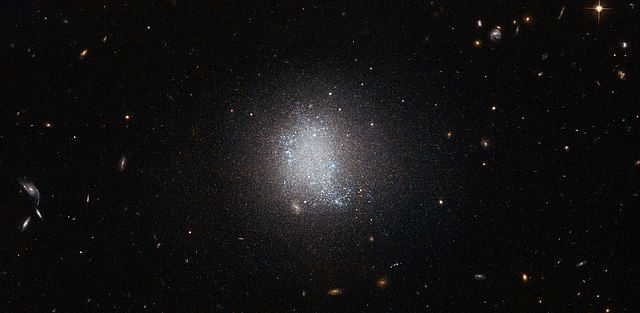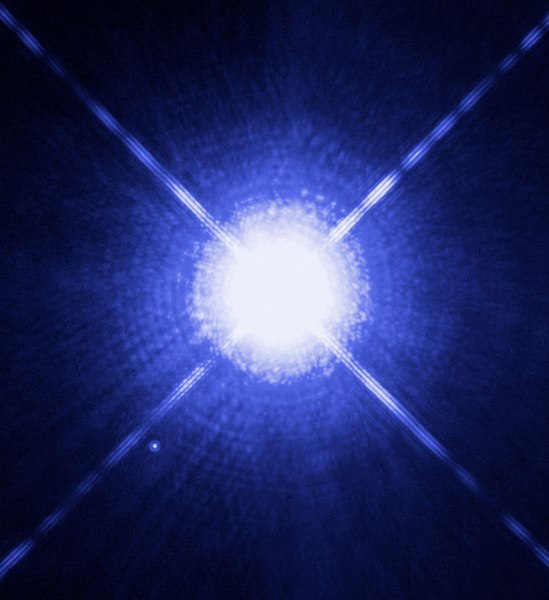A B[e] star, frequently called a B[e]-type star, is a B-type star with distinctive forbidden neutral or low ionisation emission lines in its spectrum. The designation results from combining the spectral class B, the lowercase e denoting emission in the spectral classification system, and the surrounding square brackets signifying forbidden lines. These stars frequently also show strong hydrogen emission lines, but this feature is present in a variety of other stars and is not sufficient to classify a B[e] object. Other observational characteristics include optical linear polarization and often infrared radiation that is much stronger than in ordinary B-class stars, called infrared excess. As the B[e] nature is transient, B[e]-type stars might exhibit a normal B-type spectrum at times, and hitherto normal B-type stars may become B[e]-type stars.
Nebulosity around the B[e] star HD 87643
The Seagull Nebula is a roughly circular HII region centred on the Herbig Ae/Be star HD 53367.
In astronomy, stellar classification is the classification of stars based on their spectral characteristics. Electromagnetic radiation from the star is analyzed by splitting it with a prism or diffraction grating into a spectrum exhibiting the rainbow of colors interspersed with spectral lines. Each line indicates a particular chemical element or molecule, with the line strength indicating the abundance of that element. The strengths of the different spectral lines vary mainly due to the temperature of the photosphere, although in some cases there are true abundance differences. The spectral class of a star is a short code primarily summarizing the ionization state, giving an objective measure of the photosphere's temperature.
UGC 5797, an emission-line galaxy where massive bright blue stars are formed
Artist's impression of a Y-dwarf
Image of the carbon star R Sculptoris and its striking spiral structure
Sirius A and B (a white dwarf of type DA2) resolved by Hubble

![Nebulosity around the B[e] star HD 87643](https://upload.wikimedia.org/wikipedia/commons/thumb/4/42/ESO-_Reflection_Nebula_around_HD_87643-phot-28a-09-fullres.jpg/600px-ESO-_Reflection_Nebula_around_HD_87643-phot-28a-09-fullres.jpg)




